If you have ever hired a home inspector to inspect your home, you may have heard some horror stories from them. There are a lot of horror stories about home inspections. One common one is that the inspector finds dangerous chemicals or objects in the home and then has to call security to remove them. Another common story is that the inspector finds something wrong with the property but can’t find anything he or she was looking for. You may have been told about crawl spaces filled with rats or roaches, leaking basements, moldy drywall, faulty wiring, and other issues.
Crawl spaces
A crawl space inspection may not be your favorite thing to do. It’s often a claustrophobic and dark environment and can bring a variety of unwelcome guests.
Inspecting the foundation and crawl space of a home can reveal unseen and unknown dangers. Mold, rodents, and slithering animals are just some of the creatures you’ll find. These hazards can breed in the uncovered and untouched spaces under a home for years.
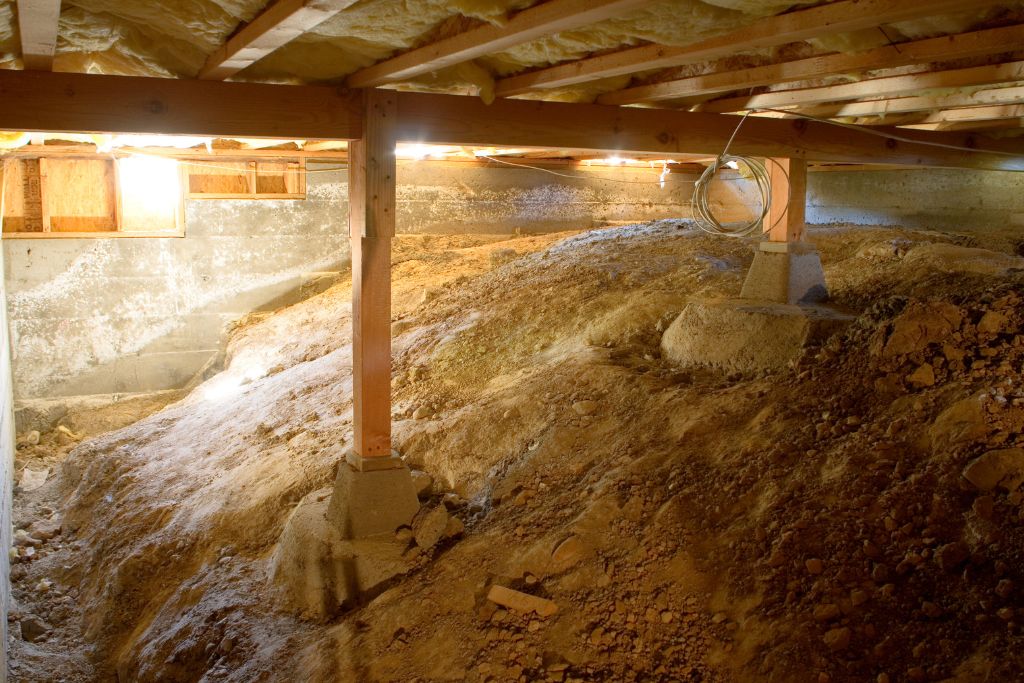
If you have a vapor barrier in your crawl space, it’s probably not the best idea to disturb it. Not only is it useless in a foot of water, but it can also leave large sections of the ground exposed.
Bats
Bats are silent creatures that are known to eat insects. They are also known to carry dangerous diseases such as rabies. In addition, they can create a stinky, black, streaky mess in your home.
If you have bats in your house, they are a pest that you will want to get rid of as soon as possible. There are a few ways to do so, and it’s a good idea to find out what kind of bats you have and where they are living.

The most obvious way to remove bats from your home is to call a bat removal company. These professionals are trained to safely get rid of these pesky pests. You can also use window screens to help prevent them from getting back in.
Rattlesnakes
During a home inspection, you may have encountered snakes, which are venomous creatures. They can be a hazard to you and your family. You should know what to do if you find one.
Rattlesnakes are a group of venomous pit vipers, a type of snake. Pit vipers have a heat-sensing pit organ between the eyes. This helps the animal identify danger.
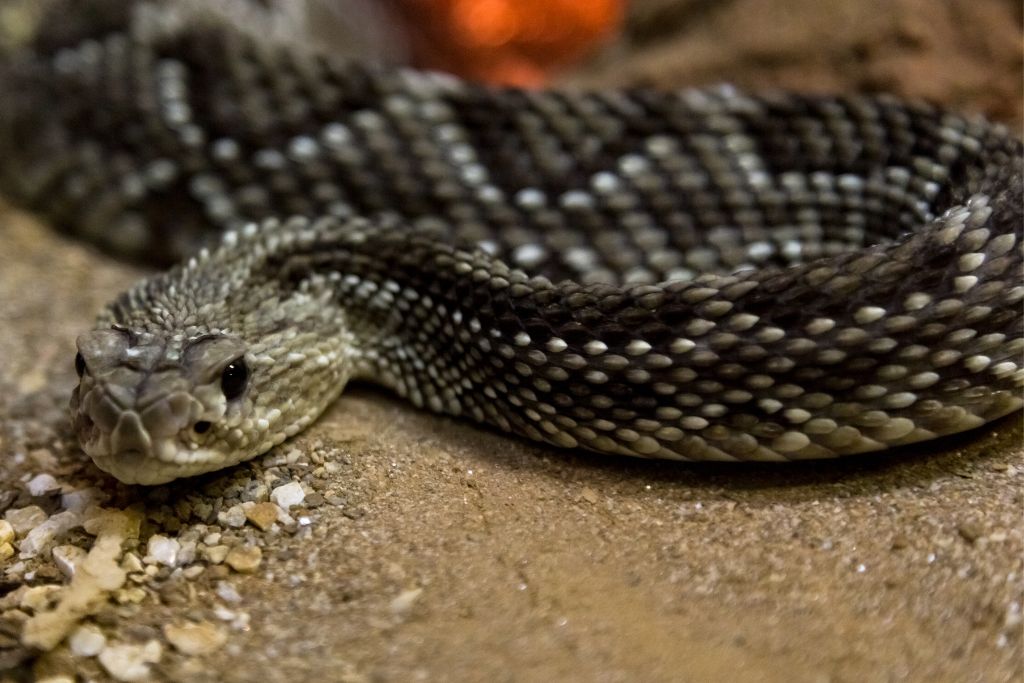
Snakes are found all over the United States. It’s important to learn about the snakes in your area. If you’re unsure of what type you’re dealing with, consult a local wildlife biologist.
Insects
It’s not hard to find home inspectors who have seen some strange stuff. Many of them have encountered insect-related horrors. In fact, the American Society of Home Inspectors publishes the occasional frightening photo.
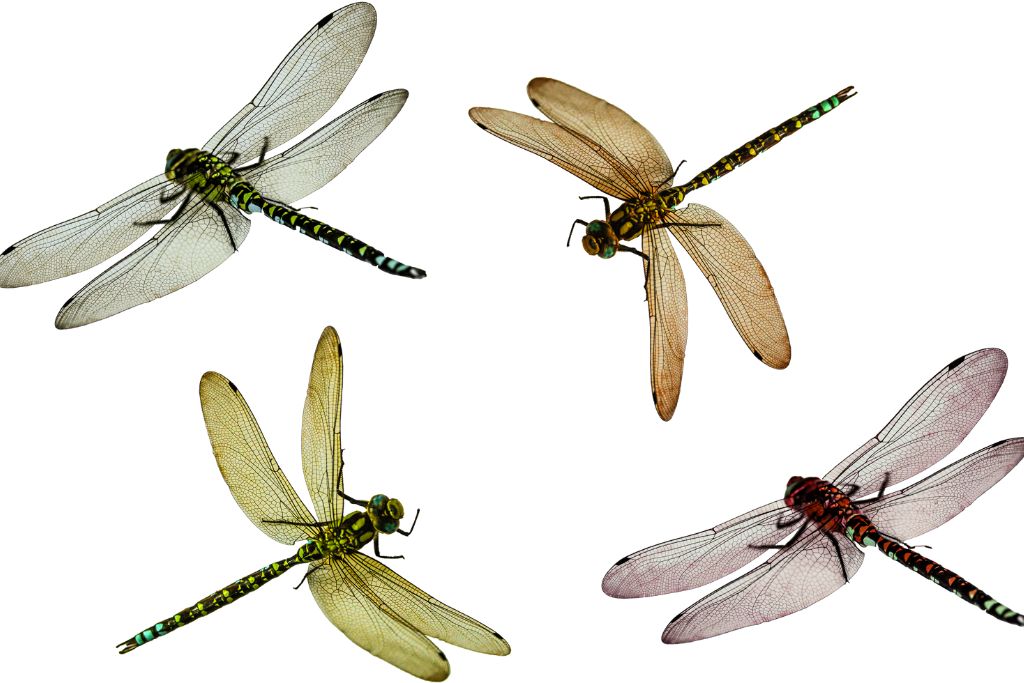
One of the scariest discoveries made by a home inspector is the number of insects that can actually enter a home. Typically, these infestations are localized and won’t affect the overall structure of the house. However, the presence of a few flying bugs or an infestation of spiders can be a serious turnoff. Aside from a spider’s nest, you might also be able to find a rat stuck inside a water softener or a basketball-sized hole in your roof.
Leaky basements
Basement leaks are not something you want to deal with. They can be costly and time-consuming, but a professional waterproofing system will keep your basement dry and free of mold and mildew. You can find a good system online.
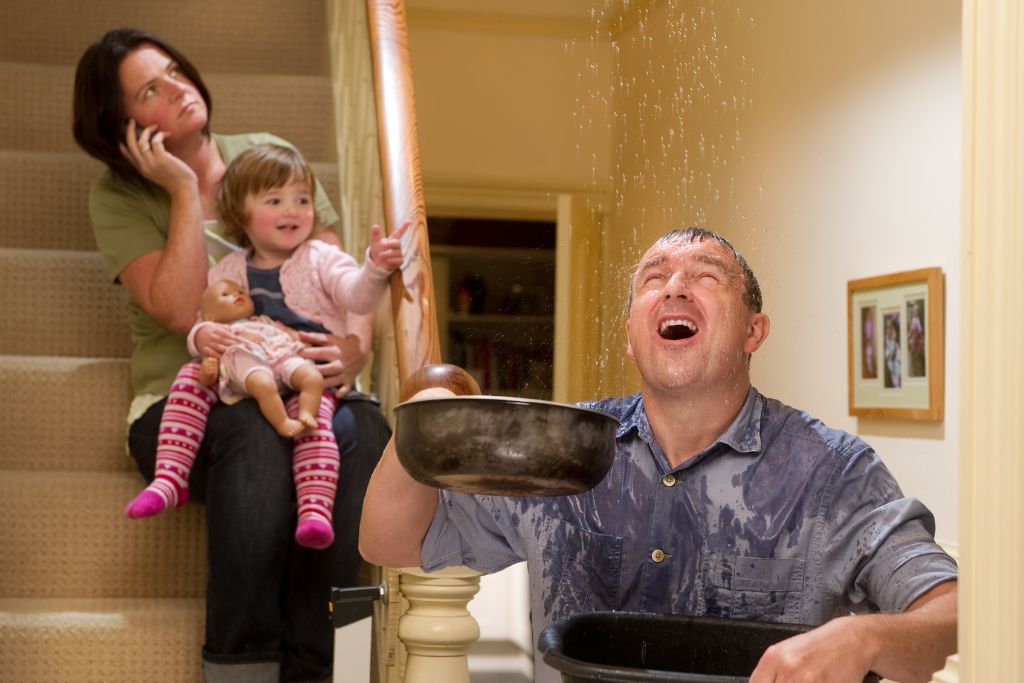
Home inspectors are trained to look for signs of foundation damage or water damage, cracks in the foundation, and moisture behind the walls. They will also check the windows and cabinets. Some will even go into the crawl space. The home inspection report will be detailed and long. However, there are often many things a home inspector will not see.
Moldy drywall
Moldy drywall horror stories can be scary to hear. Luckily, most home inspections do not delve into the depths of the damage caused by mold on drywall. But if you’re not careful, you could end up paying a lot more than you bargained for.
When it comes to removing mold, it’s important to do it right the first time. If you’re lucky, your insurance will cover some of the costs. However, if it’s left untreated, it can result in a major health problem.
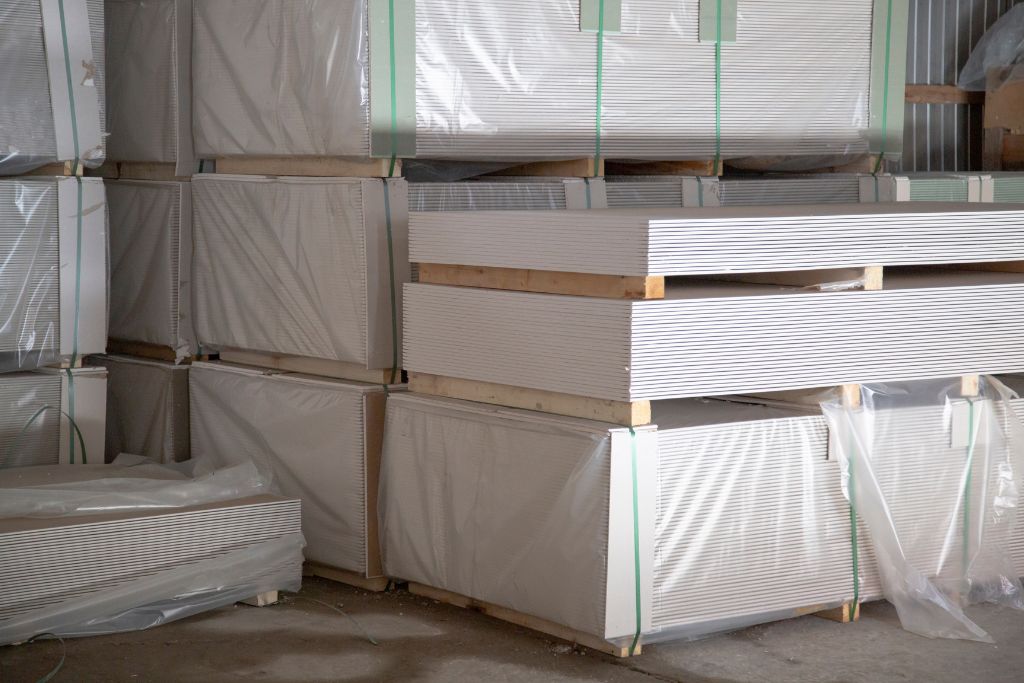
Mold needs moisture to grow. The best way to combat the issue is to fix the source of water. For example, you can have your contractor check your roof or sprinklers for leaks.

